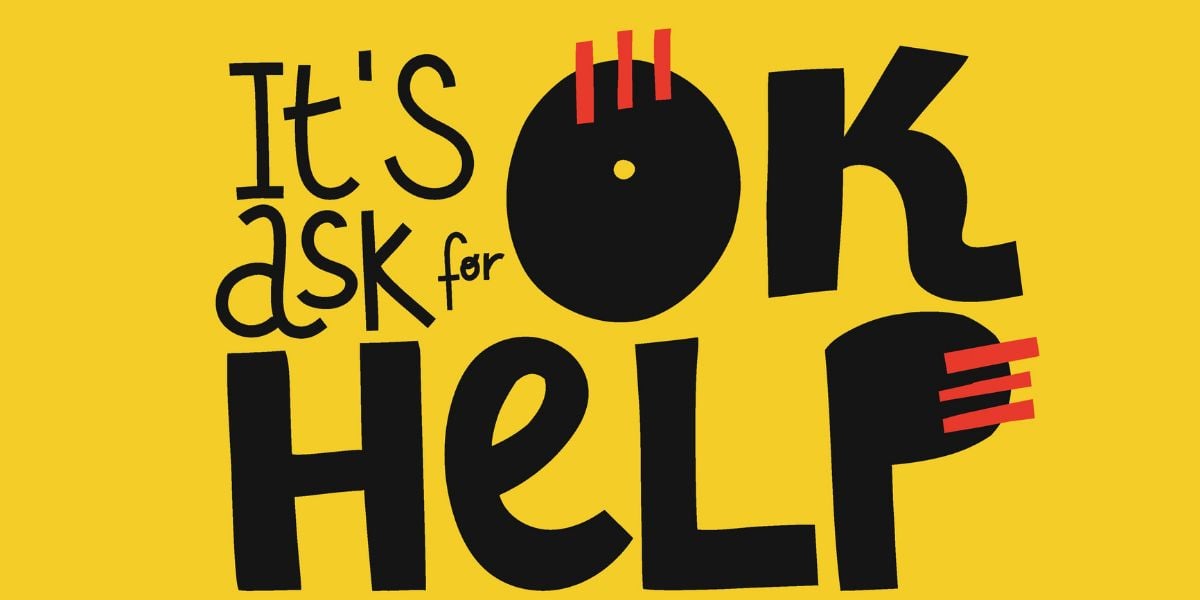Stroke is a condition in which blood supply to be the brain is affected. A stroke can sometimes lead to permanent damage including communication problems, paralysis and visual problems.
The risk factors of stroke are similar to the risk factors for heart problems Statistically, people with diabetes have a higher risk of dying from heart disease and stroke than the general population.
By maintaining stable blood glucose, blood pressure and cholesterol, people with diabetes can increase their chances of preventing a stroke.
What is a stroke?
Stroke occurs when blood supply to the brain is interrupted and brain tissue is damaged.
The two main types of stroke are:
- Ischaemic – where a blood clot forms in the brain. This accounts for about 8 out of 10 instances of stroke.
- Haemorrhagic – whereby a blood vessel in the brain bursts and causes a brain haemorrhage.
Stroke can be especially damaging physically, but may also cause mental problems with thought or speech.
What are stroke symptoms?
The warning signs of a stroke are given the acronym FAST:
- Face – stroke will often affect muscles on one side of the face causing the mouth or eyes to droop down in contrast with the unaffected side
- Arms – a person having had a stroke may be unable to hold up one of their arms
- Speech – slurred speech may be a sign of a stroke
- Time – refers to the need for urgent action, call 999 immediately if one or more of the symptoms are present
Other symptoms of a stroke may include:
- Sudden numbness or weakness on one side of the body
- Confusion
- Trouble seeing
- Dizziness
- Loss of balance
- Double vision
- Severe headache
Sometimes people may experience a stroke without being fully aware that they have had one. This kind of stroke is called a transient ischaemic attack (TIA) and is sometimes referred to as a ‘mini-stroke’.
The NHS states that there may be up to 65,000 people affected by a TIA each year but many of these go unreported.
Any suspicion of stroke should prompt an instant emergency call.
Am I at high risk of having a stroke?
Having diabetes increases the risk of stroke. Other factors which further raise the risk of stroke include:
- Smoking
- Obesity
- Having high blood pressure
- Elevated blood cholesterol levels
- Excessive alcohol intake
- Having a family history of heart disease or stroke
How is diabetes linked with having a stroke?
People with diabetes face a greater likelihood of stroke, heart disease or heart attack. Diabetes UK states that people with diabetes have up to a five times higher risk of cardiovascular disease, which can lead to heart attacks and stroke.
What can I do about avoiding stroke?
Closely managing diabetes and diabetes complications will help to lower chances of stroke.
By keeping blood glucose, blood pressure, and cholesterol within target ranges you can reduce stroke risk. Quitting smoking and achieving and maintaining a healthy body weight will also help to lower stroke risk.
How is stroke diagnosed?
Stroke may be diagnosed using a number of different techniques. Doctors may test changes in body function. CAT scans and MRI scans provide images of the brain, and an ultrasound examination will show irregularities in the carotid artery.
How is stroke treated?
For treating ischaemic stroke (a blood clot in the brain), a drug called alteplase may be given to help remove the blood clot and minimise damage.
The medication needs to be given within 4 and a half hours of the stroke occurring, so the sooner you get emergency treatment, the better the chances of treating stroke is. Alternatively surgical options may help to unblock blood vessels.
Treatment of haemorrhagic stroke involves a process called craniotomy whereby a small opening is made in the skull, blood is drained from the brain and any burst blood vessels are repaired.
Rehabilitation therapy may also restore function and help people to relearn key skills.
Drugs, such as anticoagulants, blood pressure medication or statins, may be prescribed to help prevent reoccurrence of stroke.
Lifestyle changes
Stopping smoking, planning meals, taking physical activity and medication will all help to manage blood glucose, blood pressure and levels of cholesterol.


